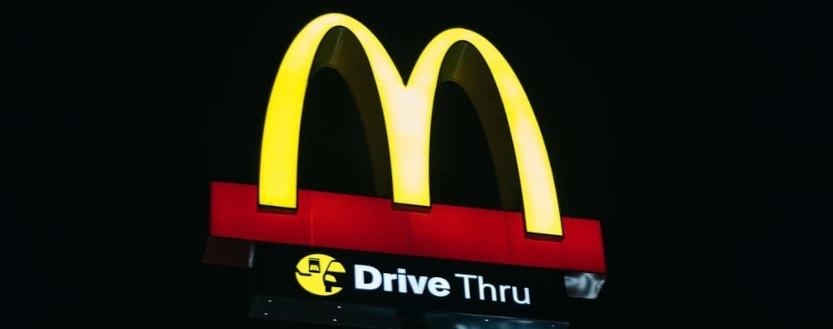McDonald’s Coffee Lawsuit: Facts You Probably Didn’t Know
The McDonald’s coffee lawsuit — Liebeck v. McDonald’s Restaurants — is probably the best example of a product defect case. It garnered worldwide news coverage, and was wickedly popular. But I would argue that while people may think they know this case, much of what they know is wrong.
The plaintiff in McDonald’s coffee lawsuit was vilified unnecessarily. The spin that was put on this case by the marketing folks at McDonald’s is awe inspiring. The money that McDonald’s spent to try to convince us that they did nothing wrong — that, instead, someone was trying to take advantage of McDonald’s — is staggering.
McDonald’s Coffee Lawsuit Facts
Let’s set the facts straight about this case:
- On February 27, 1992, 79-year-old Stella Liebeck was sitting in the passenger seat of her 1989 Ford Probe with hot coffee on her lap, after going through a McDonald’s drive-through window. Her grandson was driving her car, which did not have cup holders.
- After her grandson parked the car, so that Ms. Liebeck could add cream and sugar to her coffee, Ms. Liebeck placed the coffee cup between her knees. To remove the lid of the cup, Ms. Liebeck pulled the far side of the lid toward her. In the process, she spilled the entire cup of scalding-hot coffee on her lap.
- Ms. Liebeck was wearing sweatpants, which absorbed the coffee and kept it clinging to her skin.
- Ms. Liebeck suffered third-degree burns on her pelvis and underwent skin grafting. She was hospitalized for eight days. She was partially disabled for two years after the incident, while she received medical attention for her burns. Her pelvis was left permanently disfigured.
The McDonald’s coffee lawsuit is probably the best, and most famous, example of a product defect case. Unfortunately, the plaintiff in that case, Stella Liebeck, was vilified unnecessarily; some called it a frivolous case. In this video, Jonathan Negretti sets the record straight on why this was a worthy lawsuit.
Now here’s the part that most people aren’t aware of regarding the McDonald’s coffee lawsuit: Ms. Liebeck offered to settle her case for $20,000, which would simply cover her medical expenses at the time. McDonald’s offered her a whopping $800.
The case went to trial. The jury awarded Ms. Liebeck $2.8 million dollars, which is the equivalent of two days of coffee sales for McDonald’s.
However, Ms. Liebeck would never actually get that money. The court reduced her award to the six figures. Eventually, she settled for something significantly less, as McDonald’s continued to appeal the case.
Still, to this day, when you ask people if they’ve ever heard of the McDonald’s coffee lawsuit, most will shake their heads and say something like, “Didn’t that lady sue McDonald’s for a million dollars?”
Failure to Warn: A Key Element in Product Liability Law
At the end of the day, McDonald’s admitted that they did not warn their customers of the risk of injury that their scalding-hot coffee posed. This is why the McDonald’s coffee lawsuit is known as a product liability case.
There are a few different types of product liability cases, such as when an airbag fails to deploy or when an e-cigarette blows up in someone’s face. There’s a reason we don’t allow lead paint in toys or allow mercury in our food.
Yet, when a business fails to warn people that their product could hurt someone — as we saw with what happened to Ms. Liebeck — then a product liability case should be expected. When you buy or use something, you rightfully expect it to be safe.
As you can see, product liability cases are often complicated and are not always as they appear.
At Negretti & Associates, we pride ourselves on our willingness to turn over every rock in our pursuit of holding people accountable. If you have experienced a product liability case, let’s talk.
For a free consultation with our legal team, call us at (602) 531-3911 in Arizona, (619) 777-3370 in California, or (720) 636-3444 in Colorado. You can also contact us online or send us a text.



